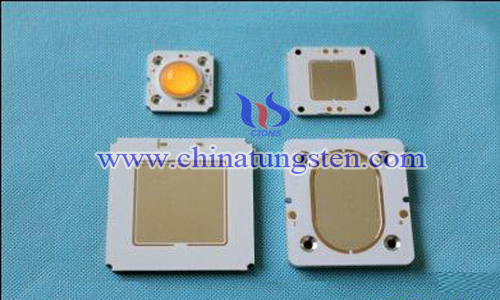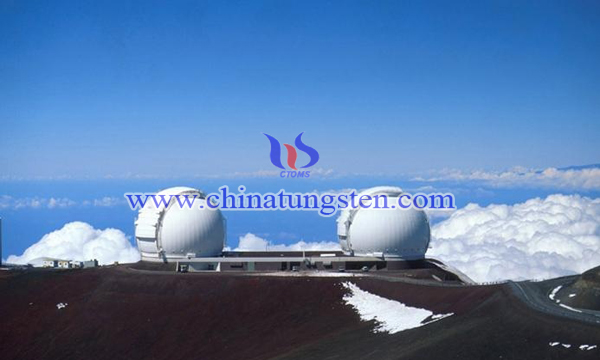Near-zero Expansion Ceramics - Zirconium Tungstate
- Details
- Category: Tungsten Information
- Published on Tuesday, 15 August 2017 11:21

The change of external temperature affects the performance of ceramics, causing heat stress in materials, and resulting in inactivation. with the development of material industry, people invented near-zero thermal expansion ceramics. This material has remarkable advantages in thermal shock resistance and a wide range of applications in many fields.
Principle of making near-zero thermal expansion ceramics: the negative thermal expansion material is added to the normal material in a certain proportion, and the coefficient of expansion is neutralized so as to accurately control the thermal expansion coefficient of the material at the set positive value, negative value or zero. The negative thermal expansion materials used are phosphates, aluminium titanate, glass ceramics and zirconium tungstate, among which zirconium tungstate of cubic dimension is one of the most interesting new materials.
Zirconium tungstate has attracted much attention because of its excellent negative thermal expansion properties. It is said that thermal expansion coefficient of unidirectional composite can be easily controlled by using zirconium tungstate as neutralizer. While for other negative thermal expansion materials such as phosphates, aluminium titanate and glass ceramics, it is as difficult as climbing Mount Everest. From the beginning, zirconium tungstate with this unique advantage was highly anticipated. Famous scholars and scientists at home and abroad usually study it.

It is conceivable that after the problem of cost making is solved, zirconium tungstate, as the basis of near zero expansion ceramic materials, will drive the overall upgrading of optical instruments, laser devices, optical communication systems and microelectronic devices.
| Tungsten Supplier: Chinatungsten Online www.chinatungsten.com | Tel.: 86 592 5129696; Fax: 86 592 5129797;Email:sales@chinatungsten.com |
| Tungsten News & Prices, 3G Version: http://3g.chinatungsten.com | Molybdenum News & Molybdenum Price: http://news.molybdenum.com.cn |



 sales@chinatungsten.com
sales@chinatungsten.com